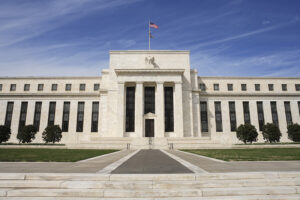
Worry more about the AI bubble burst than US recession: strategists
Investing.com — Investors should be more concerned about the potential burst of the AI bubble than a looming U.S. or global recession, according to strategists at BCA Research.
The firm’s analysis warns that the risks associated with the booming AI sector outweigh those posed by broader economic downturns.
“When bubbles burst, the investment priority is to steer well clear of the bursting bubble plus sectors, regions, and countries heavily exposed to it,” BCA Research emphasized.
This means that whether or not a recession follows the bubble’s collapse, the focus should be on avoiding areas most affected by the fallout.
On a cyclical 6-12 month horizon, BCA Research says there are several key strategies to mitigate risk.
First, they recommend staying overweight in bonds and the Japanese yen (JPY), which are traditionally seen as safer havens during periods of market turbulence.
Conversely, investors should underweight U.S. tech and quasi-tech sectors, which are most closely tied to the AI boom, and reduce exposure to U.S. equities in a global portfolio.
“Tactically, SGD/USD is vulnerable to reversal,” the note adds, suggesting caution for those involved in the Singapore dollar and U.S. dollar currency pair.
Additionally, BCA Research sees a “long copper versus gold” strategy as a viable countertrend trade, potentially offering a hedge against the broader market risks.
The overarching message from BCA Research is: “Investors should worry much less about a U.S. or global recession than they should worry about the bubble in anything AI-related.”
As the AI sector continues to draw immense attention and capital, BCA believes the potential for a sharp correction poses a significant threat, making it a critical factor for investors to consider.

